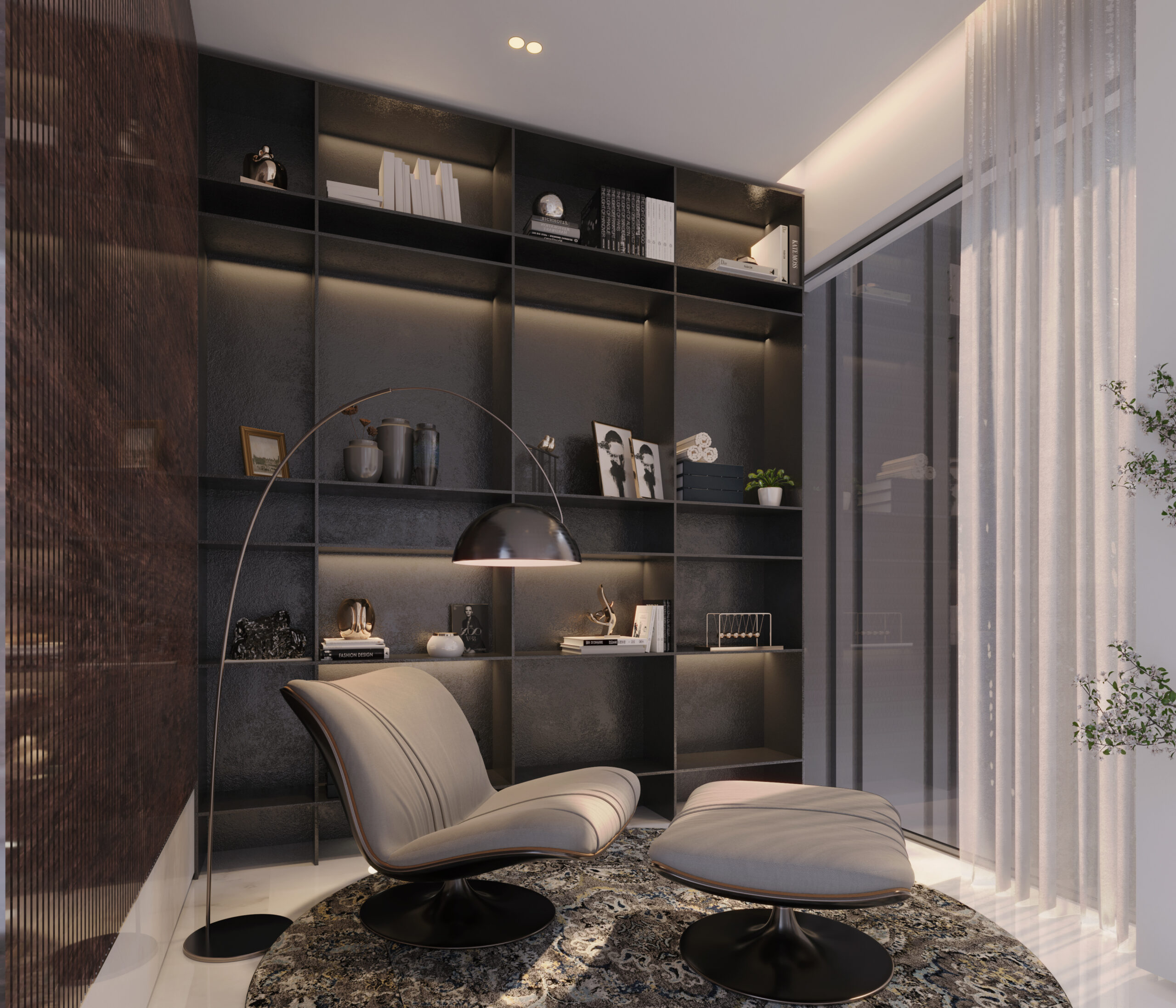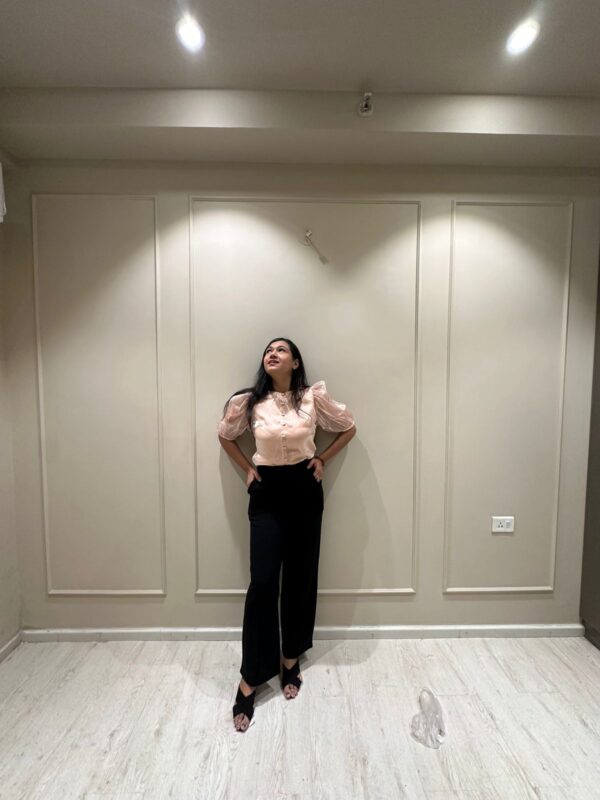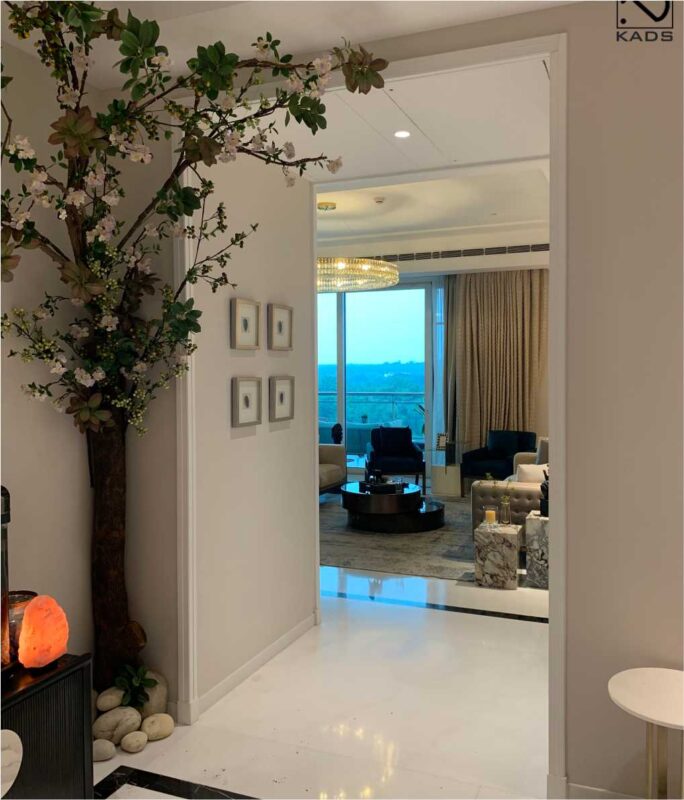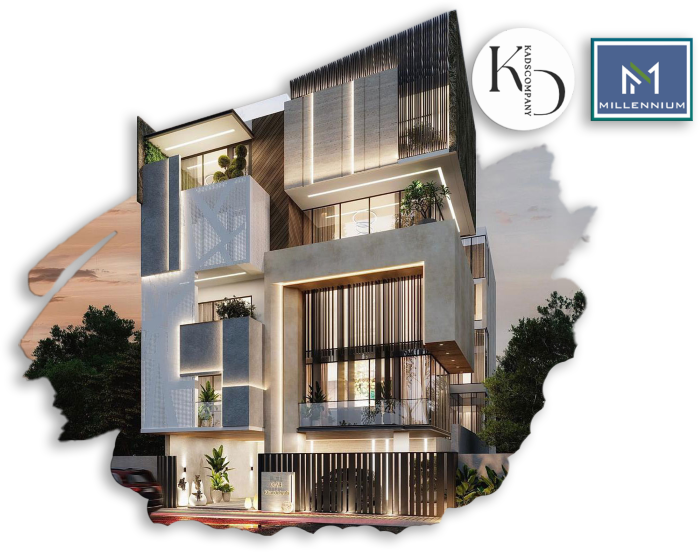When it comes to transforming your space with elegance, functionality, and style, few materials can match the beauty and versatility of veneer. Whether you’re designing a residential project, commercial interior, or creating bespoke furniture pieces, veneer can elevate the aesthetics of any space. At KADSCompany, we understand that choosing the right veneer can be a daunting task with so many options available. In this blog, we’ll guide you through the process of selecting the perfect veneer that complements your design vision while maintaining durability and functionality.
What is Veneer?
Veneer is a thin layer of natural wood, typically ranging from 0.5mm to 3mm thick, that is adhered to a substrate, such as plywood, MDF, or particleboard. It allows designers to harness the beauty of high-quality wood at a fraction of the cost and weight. Veneers can be made from a variety of wood species, and they come in an array of finishes, textures, and colors, making them a versatile material for all types of projects.
Why Choose Veneer?
Before diving into how to choose a veneer, it’s important to understand why veneer is a popular choice for interior design:
- Cost-Effective: Natural hardwoods can be expensive, but with veneer, you get the aesthetic of solid wood without the hefty price tag.
- Sustainability: By using a thin layer of wood over a substrate, veneers use less material, making them a more sustainable choice compared to solid wood.
- Variety: Veneer offers an extensive range of wood types, grains, and finishes, giving you endless options to match your design preferences.
- Durability: Modern veneering techniques can produce surfaces that are just as durable and long-lasting as solid wood.
Now that you know why veneer is a great choice, let’s explore how to choose the right veneer for your project.
1. Identify the Purpose and Functionality
The first step in choosing the right veneer is understanding the purpose of the material. Different areas of your space might require different types of veneer, depending on the function and the environment.
- High-traffic areas: For spaces that see heavy use, such as kitchen cabinets or office furniture, opt for veneers with a durable finish that can withstand wear and tear. Veneers with a polyurethane or lacquer finish are excellent for this purpose.
- Specialty applications: If you’re designing bespoke furniture pieces, like an intricately designed coffee table or unique wall paneling, select veneers that highlight the wood’s natural beauty. More decorative species like Ebony, Zebrano, or Burl might suit these types of applications.
- Moisture-prone areas: For spaces like bathrooms or kitchens, consider selecting water-resistant veneers or applying a water-repellent finish to prevent warping and damage over time.
2. Choose the Right Wood Species
Veneers come in a wide range of wood species, each with its own distinct characteristics. Here are some popular choices:
- Oak: Known for its robustness and beautiful grain patterns, oak veneer is a timeless choice that complements both modern and traditional designs.
- Walnut: A darker, rich brown veneer that adds a sense of luxury and warmth to any room. Walnut is ideal for contemporary and high-end designs.
- Maple: Light in color with a clean, subtle grain, maple veneer works well in spaces that need a bright, fresh feel. It’s also highly versatile, pairing beautifully with both modern and rustic elements.
- Cherry: Famous for its reddish hue, cherry veneer develops a deeper color over time, making it perfect for creating a rich, sophisticated atmosphere in your interiors.
- Teak: Ideal for tropical or coastal-inspired designs, teak veneer offers a deep, golden-brown color with a unique grain that speaks to both elegance and durability.
- Specialty Wood Species: If you’re looking for something unique, consider options like burl or exotic veneers like Ebony or Zebrano. These woods can make a statement and add incredible visual interest to any space.
3. Consider the Grain Pattern
The grain of the wood plays a significant role in how the veneer will look once it’s installed. Some common grain patterns include:
- Straight Grain: This is the most common and uniform type of grain, making it a versatile choice for most interior designs.
- Quarter Sawn Grain: A more distinctive pattern, often producing a flecked or tiger-striped appearance that adds depth and texture.
- Flat Sawn: A softer, more flowing grain pattern that gives a natural, organic look and works well in rustic and traditional spaces.
- Bookmatched Grain: A mirrored grain pattern that is achieved by slicing two veneer sheets from the same log. This symmetrical design creates a stunning visual effect, often used for feature walls or custom furniture.
Choosing the right grain pattern is essential for setting the tone of the space. Consider whether you want a subtle, understated look or a bold, eye-catching feature.
4. Match the Finish to Your Design
Veneer finishes play a crucial role in achieving the desired aesthetic and functionality. The finish can dramatically alter the appearance of the wood, so choosing the right one for your project is key.
- Matte Finish: Offers a soft, natural appearance that preserves the wood’s texture and character. Ideal for creating a minimalist or contemporary look.
- Glossy Finish: Provides a polished, sophisticated sheen that enhances the richness of the wood. Glossy finishes are commonly used in high-end furniture and modern interiors.
- Satin Finish: A perfect middle ground between matte and glossy, satin finishes give a subtle sheen without overpowering the natural grain of the wood.
- Natural Oil: For a more organic look, natural oils (like tung or linseed oil) can be used to highlight the wood’s texture while offering a degree of protection.
Make sure that the finish you choose complements the overall design of your space and the intended use of the surface.
5. Consider the Sustainability of the Veneer
At KADSCompany, we’re deeply committed to sustainability. As you select your veneer, it’s important to consider the environmental impact of your choices. Many high-quality veneers are sourced from responsibly managed forests and certified by organizations like the Forest Stewardship Council (FSC). By opting for FSC-certified veneers, you ensure that the wood is sourced sustainably, helping to protect the planet for future generations.
6. Think About Maintenance and Longevity
Finally, consider the long-term maintenance of your veneer. Natural wood veneers require proper care to maintain their beauty over time. Some tips for preserving your veneer include:
- Regular dusting to prevent buildup.
- Using coasters and placemats to avoid damage from heat and moisture.
- Periodic reapplication of protective finishes to maintain the veneer’s sheen and durability.
Veneer can last for decades when properly maintained, making it a great choice for both residential and commercial interiors.
Conclusion
Choosing the right veneer for your project is about finding the perfect balance between aesthetics, function, and durability. Whether you’re designing a sleek modern office, a cozy home, or a luxurious commercial space, veneers provide endless possibilities to bring your vision to life.
At KADSCompany, we specialize in creating thoughtful and stunning designs that incorporate the beauty of natural materials like veneer. Our team is here to guide you through every step of the design process, helping you choose the best veneer that matches your unique style and requirements.
If you’re ready to get started on your next project, feel free to reach out to us for personalized advice and inspiration!




